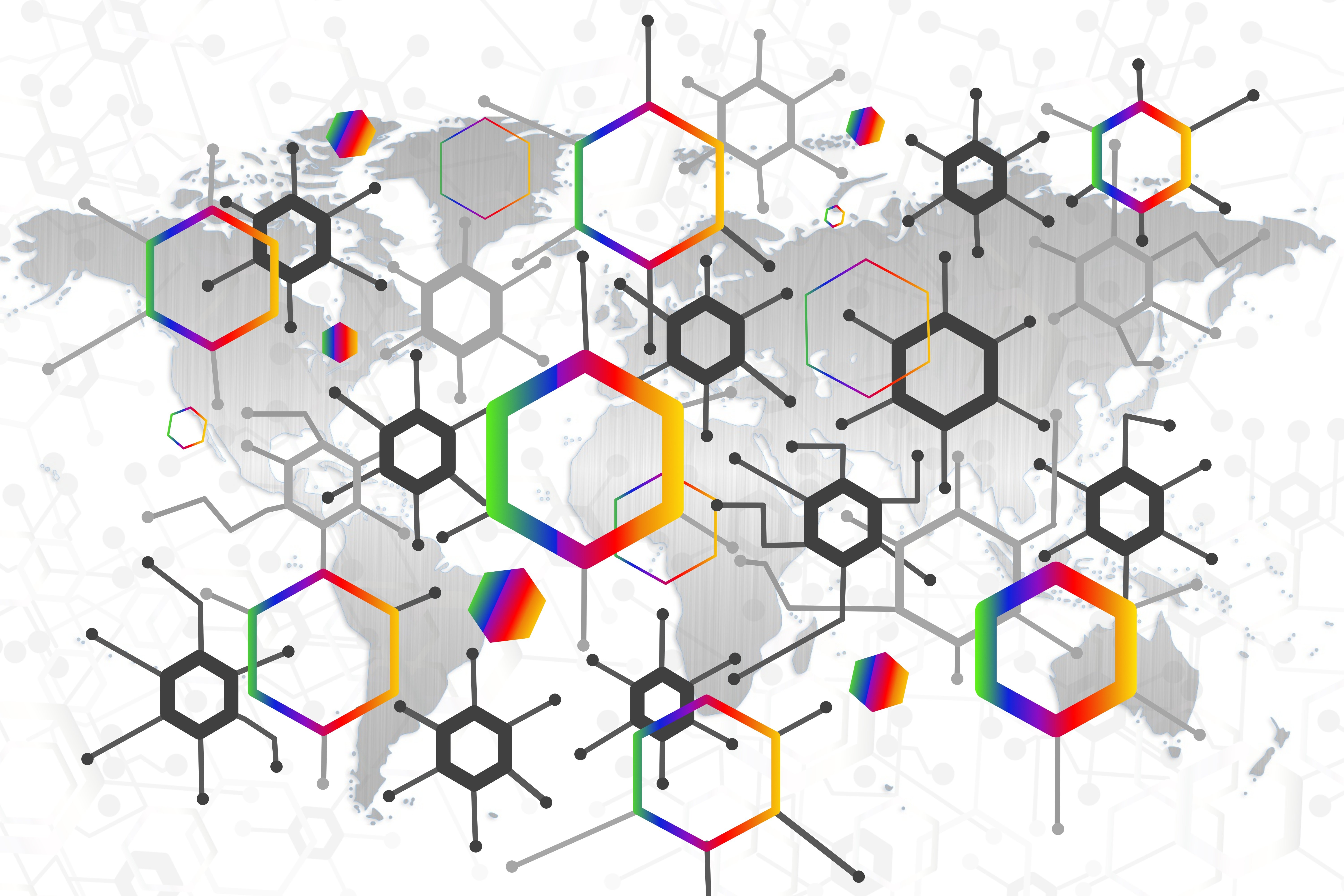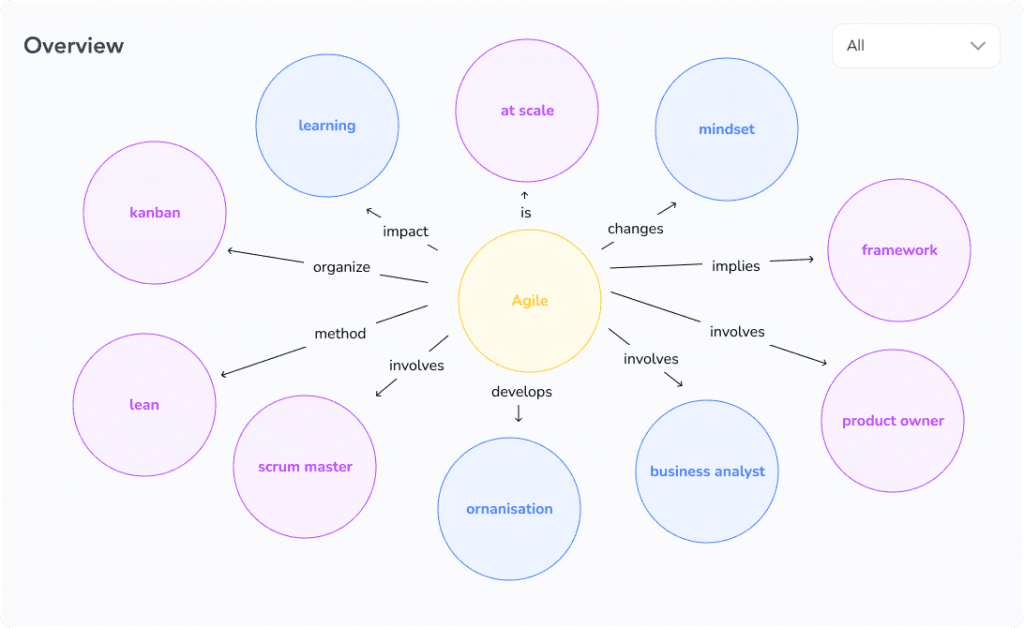Mastering Best Practices for Employee Onboarding
Unlock the secrets to successful employee onboarding with these expert tips and...


According to IBM Cloud Education, a knowledge graph “represents a network of real-world entities—i.e. objects, events, situations, or concepts—and illustrates the relationship between them”. A knowledge graph consists of nodes, edges, and labels. What are these? Well, anything can act as a node, for example concepts, topics, people, information sources. An edge connects a pair of nodes, expressing the relationship between them, whereas a label captures the meaning of this relationship. Basically, as this article shows, their purpose is to “help in organizing unstructured data in a way that information can easily be extracted where explicit relations between multiple entities help in the process”.
Knowledge graphs are used in various fields, but why would you use them in eLearning programs? As you’ve most probably experienced yourself, one of the biggest challenges in virtual learning is to extract and organise the information in a way that prevents its fragmentation. Put differently, learners want to have access to information whenever they need it, and searching for a concept among hundreds of learning resources and knowledge topics would waste their time and make them lose interest. Thus, you need to provide them with well-defined learning paths and thoroughly organized content as soon as possible. So, here’s your answer: you need knowledge graphs as a way to organise your learning resources.

A knowledge graph brings a series of benefits to the people involved in a learning process, being both a way to structure information and to have access to it quickly, which results in higher levels of efficiency. First of all, a knowledge graph provides a proper context, integrating various types of information into an ontology, while providing the flexibility to add new pieces of information on the go, enriching the perspective upon a certain topic. Also, they provide explainability, meaning that “large networks of entities and relations provide solutions for the issue of understandability by integrating the meaning of entities available within the graph itself” (source).
As we've always said, here at Knolyx we try to bring the best in terms of learning, and that's why we constantly read about new best practices. We have implemented the communities of practice a while ago to ensure social learning, we offer the learning path tool to deliver a smooth structure for the topics that need to be covered and we've just started working on the graph function to help you organise the content. We know that when someone searches for a specific piece of information, one wants to find it right away, and a proper way of organizing content is needed for this.
This article is part of a bigger topic called: Learning management system
Unlock the secrets to successful employee onboarding with these expert tips and...

Discover how just-in-time learning can revolutionize the way you approach skill...

Learn from Jen's journey and discover a storytelling approach to L&D planning that...


































































See how our product empowers real businesses.

MMM Consulting
Collaborative learning platform, easy to use, easy to integrate learners' contribution as well, not only ours, easy way to test their connection to the program because it has all sort of tracking opportunities and options.

RE/MAX
I've searched a lot for learning platforms and I find that the Knolyx platform is the best option for us. The main reason for which we've chosen Knolyx was that it is very easy to find information when we need it, you can organise and establish learning paths for newcomers.

Romanian Banking Institute
Easy-to-use learning-app with an intuitive interface and a very useful training tracker function.

Moonstar Ventures
Knolyx has been an amazing partner in developing together the most advanced learning experience platform for businesses looking to train their workforce. The platform’s modern look, simplicity and focus on a social and gamified learning experience make all the difference.

Urgent Cargus
Knolyx product has streamlined our processes, reduced costs, and provided our users with an intelligible learning experience. Through Knolyx, we managed to deliver courses more easily to all our employees and partners, and made the induction process more efficient.

Fixthephoto.com
The Knolyx learning management system offers a mix of advanced features and a contemporary UI, as the developers focused primarily on making the user experience as convenient as possible. - read more

myCareer
I like two things best: 1/ With Knolyx, you have the ability to curate the content that your learners receive, limiting overwhelm and promoting a sustainable learning curve. 2/ Knolyx is fully gamified, where you can add interactive courses, have your learners take quizzes and then reward them with progress pages!

Learning Network
Knolyx changes the perspective upon learning: from static to dynamic, by means of interaction and gamification. Learners are constantly encouraged to become an active part of the training programs, to gain knowledge and to test their learning progress. Moreover, social learning is enforced through communities of practice, which is really valuable for us.